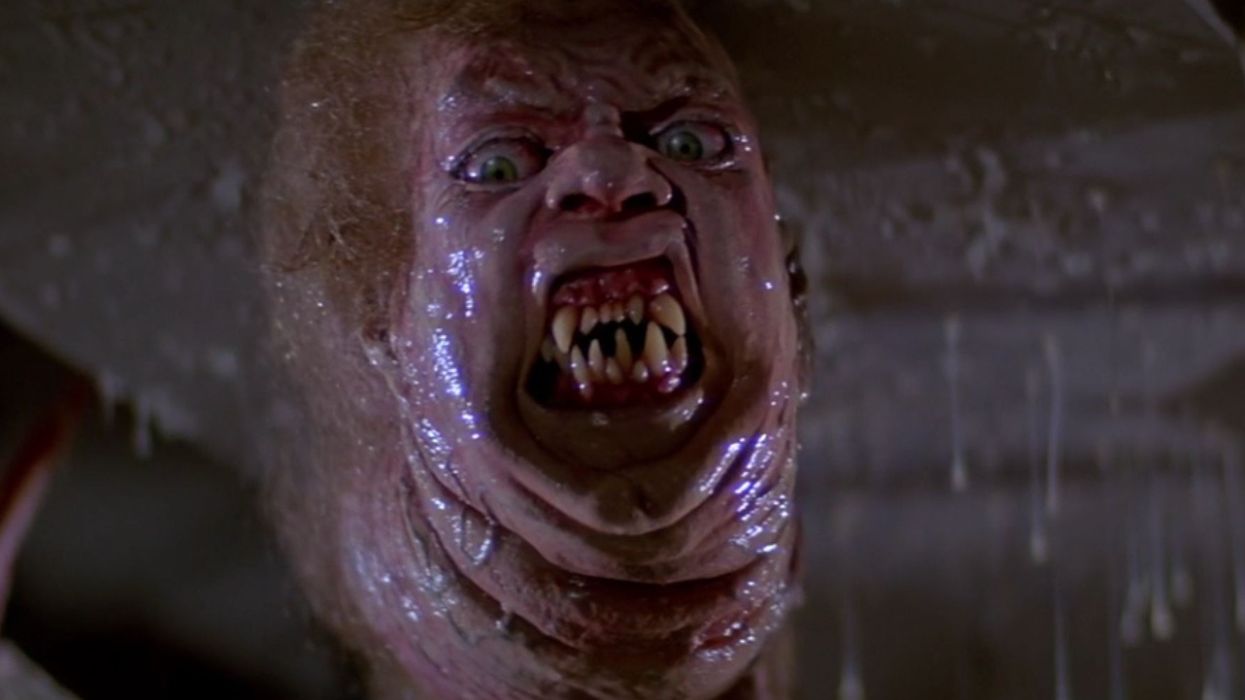I have a bone to pick with the horror genre. In fact, I think a lot of us do. What's the deal with all of the jump scares? It's not that they're inherently bad, it's just that the ubiquity of the abrupt visual surprises has turned them into a tired trope rather than an effective technique for legitimately scaring audiences.
In the video essay below, Jack Nugent of Now You See It discusses the less-than-stellar use of jump scares in recent years and offers some insight into how filmmakers can use them more effectively:
Over the years, jump scares have become a horror film cliché due to overuse (and misuse). A great resource for studying this is the website Where's the Jump, which offers a comprehensive database of major horror and thriller films that contain them (or don't). Scrolling through the list, three different films caught my attention: Silence of the Lambs, The Exorcist, and The Haunting in Connecticut 2. They had a total of 0, 10, and 32 jump scares, respectively, or an average jump scare rate of 0, one every 13-14 minutes, and one every 3-4 minutes.
Those are pretty startling stats. The Haunting in Connecticut 2 has the highest number of jump scares on the list, and although its average rate was one every 3-4 minutes, there are scenes in which jump scares occur within 30 seconds or less of each other. In fact, there are two within the first three minutes of the film that are separated by only 24 seconds.

On the opposite end of the spectrum, Silence of the Lambs doesn't contain a single jump scare, and yet it's considered one of the most unsettling films ever made. And William Friedkin's use of jump scares in The Exorcist takes a backseat to the film's chilling audio and special effects make-up.
And that's where the rub is: maybe too many filmmakers use jump scares as a means to get a quick startle out of their audience rather than writing a good story, utilizing audio, or using other, more sophisticated filmmaking techniques to build tension. In fact, I think this cheap trick has lead to an era of very un-scary movies that tap into our natural physiological reactions to sudden and extreme stimuli, rather than our deeply rooted and suppressed emotions, desires, and fears.

- The Pledge: Show the audience something ordinary.
- The Turn: Take the ordinary thing and make it do something extraordinary.
- The Prestige: Bring the thing back.
These three steps allow you to build tension and anticipation before you scare your audience, which makes the "trick" more effective and memorable. In my opinion, tension and anticipation are exactly the two things that are severely lacking in many horror films today.
Which jump scares do you think use these "3 Parts of Magic" to build tension effectively? What are your favorite jump scares? Let us know in the comments.
Source: Now You See It












